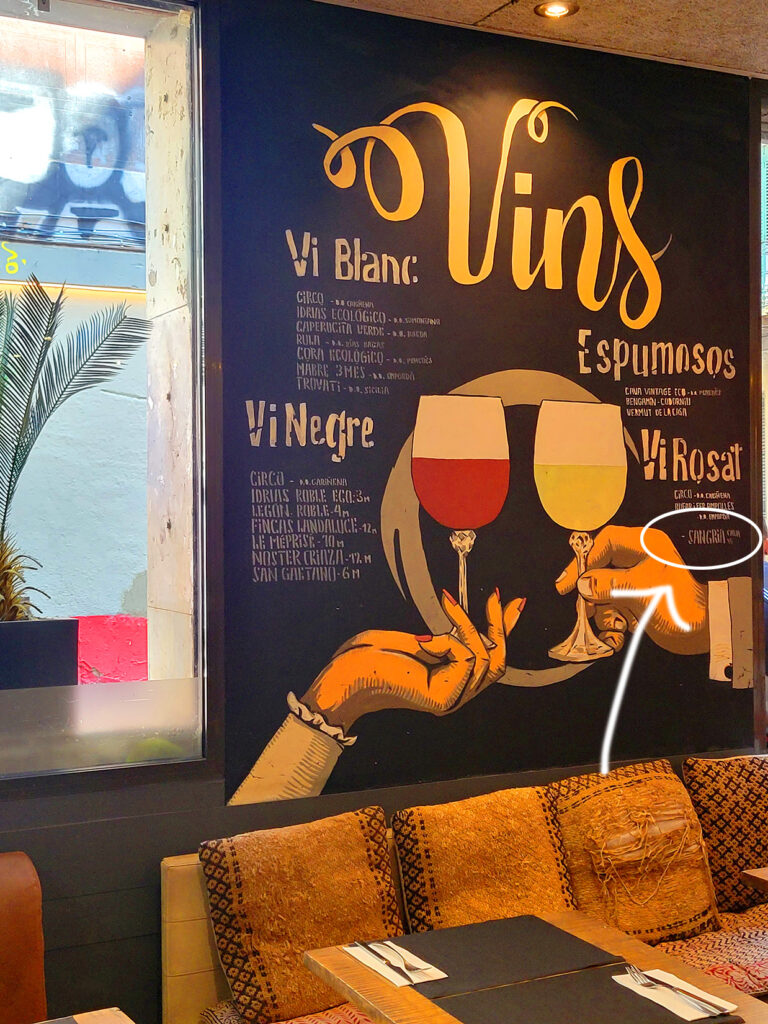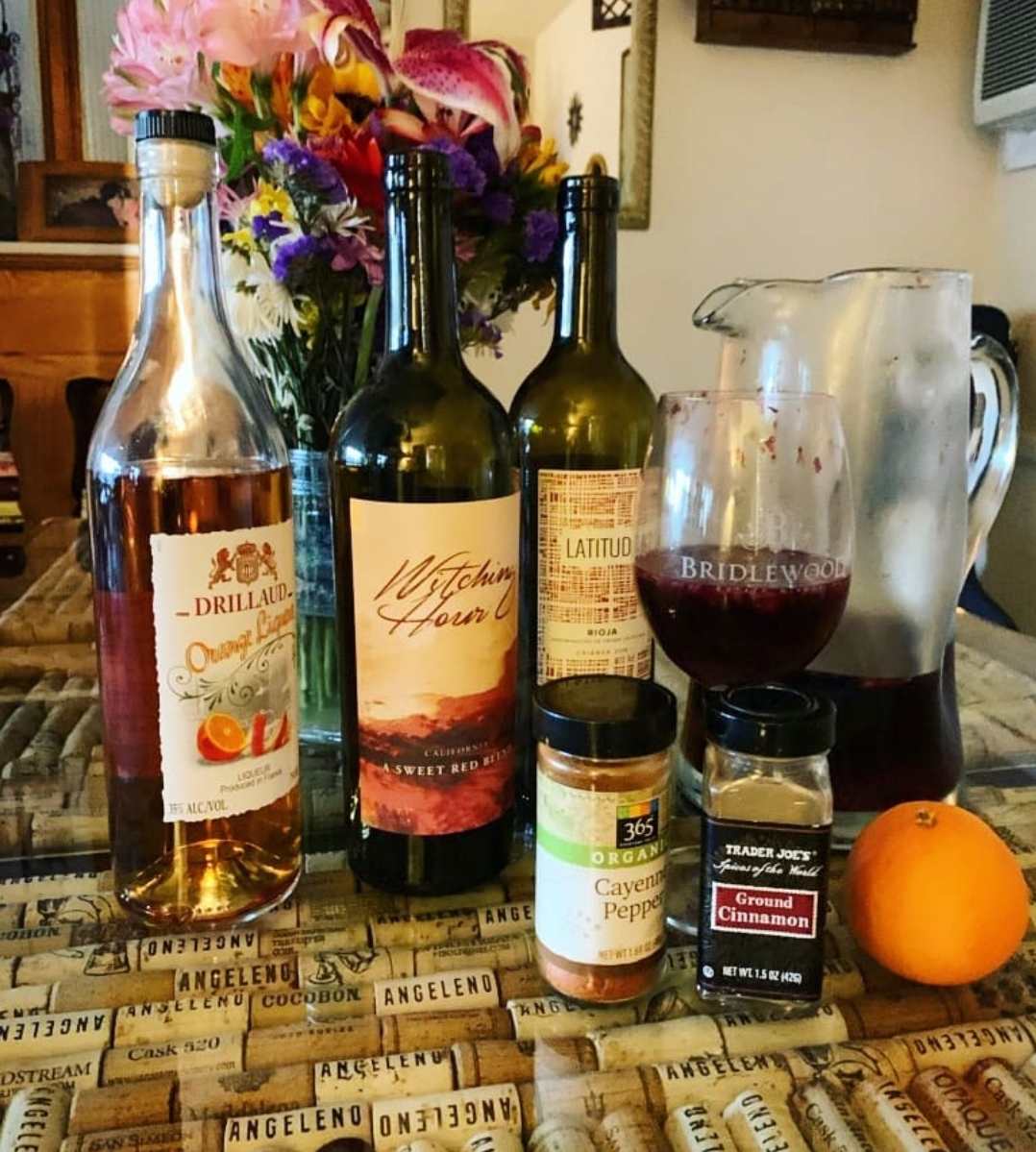Sangria Day – December 20th
Sangria is a popular, refreshing beverage with a rich history that dates back centuries. This fruity and wine-based concoction originated in Spain, making it an integral part of Spanish culture and cuisine. The word “sangria” itself is derived from the Spanish word “sangre,” meaning blood, referring to the drink’s typically deep red color.
*This post includes affiliate links; if you purchase through these links, I earn a small commission. However,this has no impact on your cost.*
SANGRIA HISTORICAL ROOTS
The origins of sangria can be traced back to the Roman Empire. The Romans, who invaded the Iberian Peninsula (modern-day Spain and Portugal) in 218 BC, planted vineyards throughout the region. They would mix wine with water, herbs, and spices to make it more palatable and safe to drink, as water purification methods were limited. This practice evolved over time, and as the Islamic Moors later occupied Spain, they added fruits and spices to the mix, creating a precursor to what we now know as sangria.
EVOLUTION OF SPANISH SANGRIA
During the Middle Ages, sangria continued to evolve. Red wine became the base, and local fruits, such as citrus and berries, were added to enhance the flavor. Herbs and spices, like cinnamon and cloves, were also included to provide complexity.
I don’t know about you, but cinnamon and spices are some of my favorite additions to my homemade sangria! Sangria became a staple at social gatherings, fiestas, and celebrations, embodying the convivial spirit of Spanish culture. Also, you’d be hard-pressed to walk into any place that serves wine in Spain and not see sangria on the menu.

One of my favorite versions of sangria in Spain was Cava-based. And for those of you who don’t know, cava is a sparkling wine hailing from Catalonia, Spain. Renowned for its effervescence and distinctive taste, Cava is crafted using traditional methods, often incorporating indigenous grape varieties such as Macabeo, Xarel-lo, and Parellada. It’s a crisp, refreshing alternative to other sparkling wines like Champagne.
I also found that, unlike Champagne, it didn’t leave me with a headache. Cava is frequently enjoyed during celebratory occasions. What better occasion than National Sangria Day on December 20th? Enough about Cava, though – I will need to share a separate blog to highlight that beverage on its designated and special day – July 12th!
BEYOND SPAIN
Sangria remained a regional delight for many centuries but gained international popularity during the 1964 World’s Fair in New York. The Spanish pavilion showcased this refreshing beverage, capturing the attention and taste buds of visitors from around the world. As a result, sangria started appearing on menus outside of España, becoming a symbol of Spanish hospitality and a favorite summer drink.
One of the reasons for sangria’s enduring popularity is its versatility. There are countless variations and recipes, allowing for creative adaptations based on personal preferences and seasonal fruit availability. Sangria can be made with red or white wine, and it often includes a variety of fruits, such as oranges, lemons, berries, and peaches. My favorite version incorporates blackberries. Additionally, some recipes add spirits like brandy or liqueurs for depth.
In fact, during the thick of summer in quarantine (AKA 2020), I made a white wine version in a French press using the following ingredients:
- 1 orange
- 1/2 a lemon
- handful of fresh mango
- strawberries
- brandy
- orange liqueur
- Angeleno Wine Company‘s Super Bloom Verdejo
- A couple of dashes of cayenne if you like a lil’ kick
Check out the video here!
SOCIAL AND CULTURAL SYMBOLISM
Sangria has become more than just a beverage; it’s a cultural symbol representing conviviality, relaxation, and the joy of communal gatherings. Whether enjoyed at a summer picnic, a beach party, or a family celebration, sangria brings people together. Its vibrant colors and refreshing taste make it a perfect accompaniment to festive occasions.
In conclusion, the history of sangria is deeply intertwined with the cultural tapestry of Spain, and its journey from ancient Roman times to international popularity reflects the drink’s enduring appeal. Today, sangria continues to be a beloved beverage, celebrated for its delicious taste, adaptability, and its ability to enhance social experiences around the world. I’ll certainly “cheers” to that!
Linds
Los Angeles, California
This site uses Akismet to reduce spam. Learn how your comment data is processed.

Leave a Reply